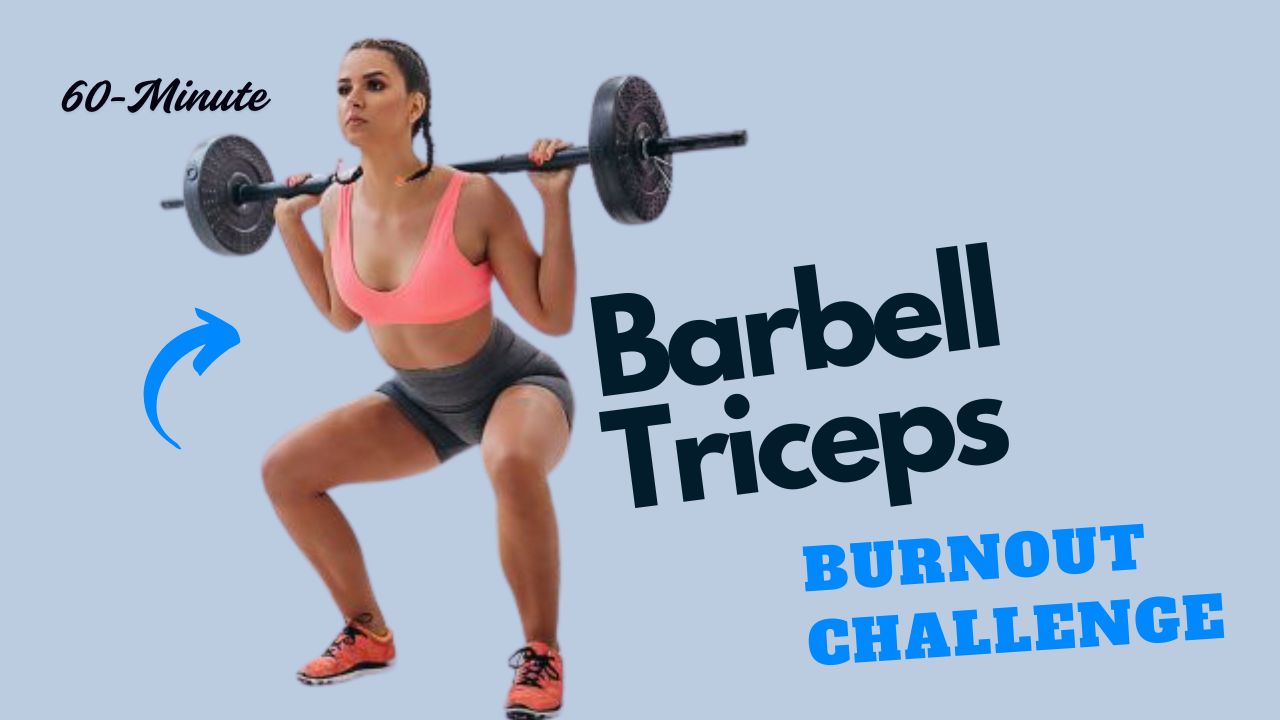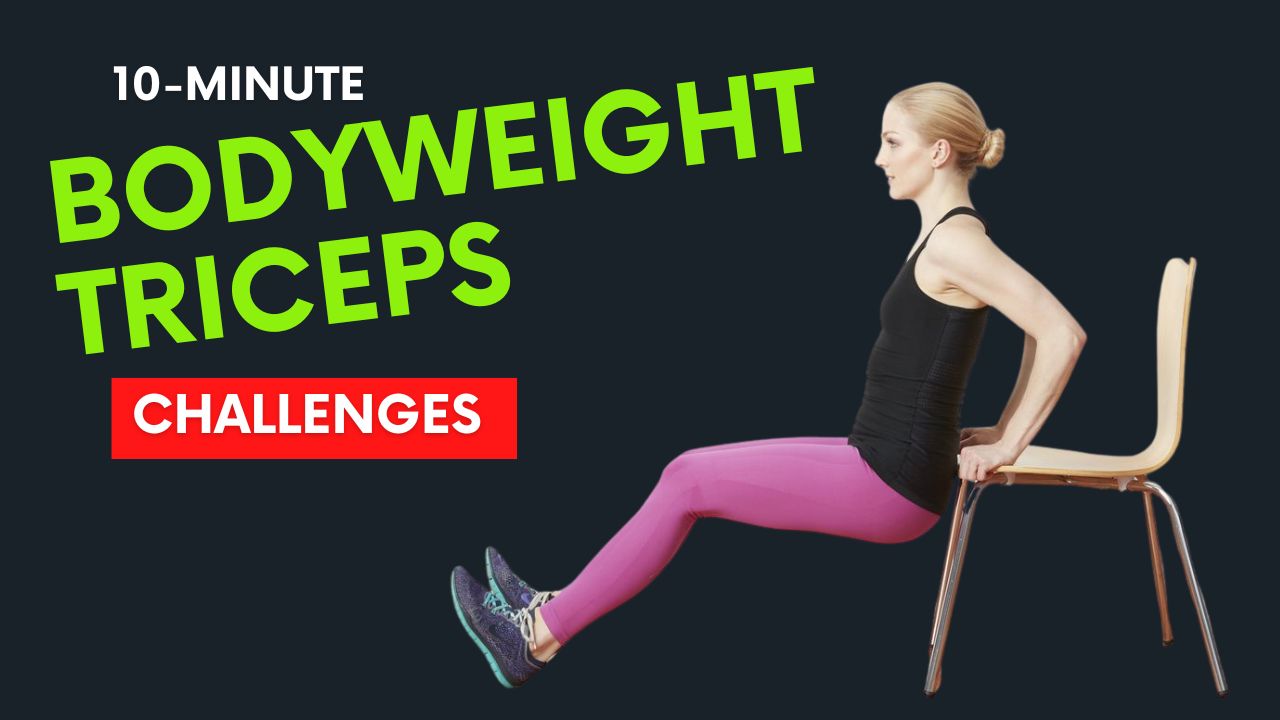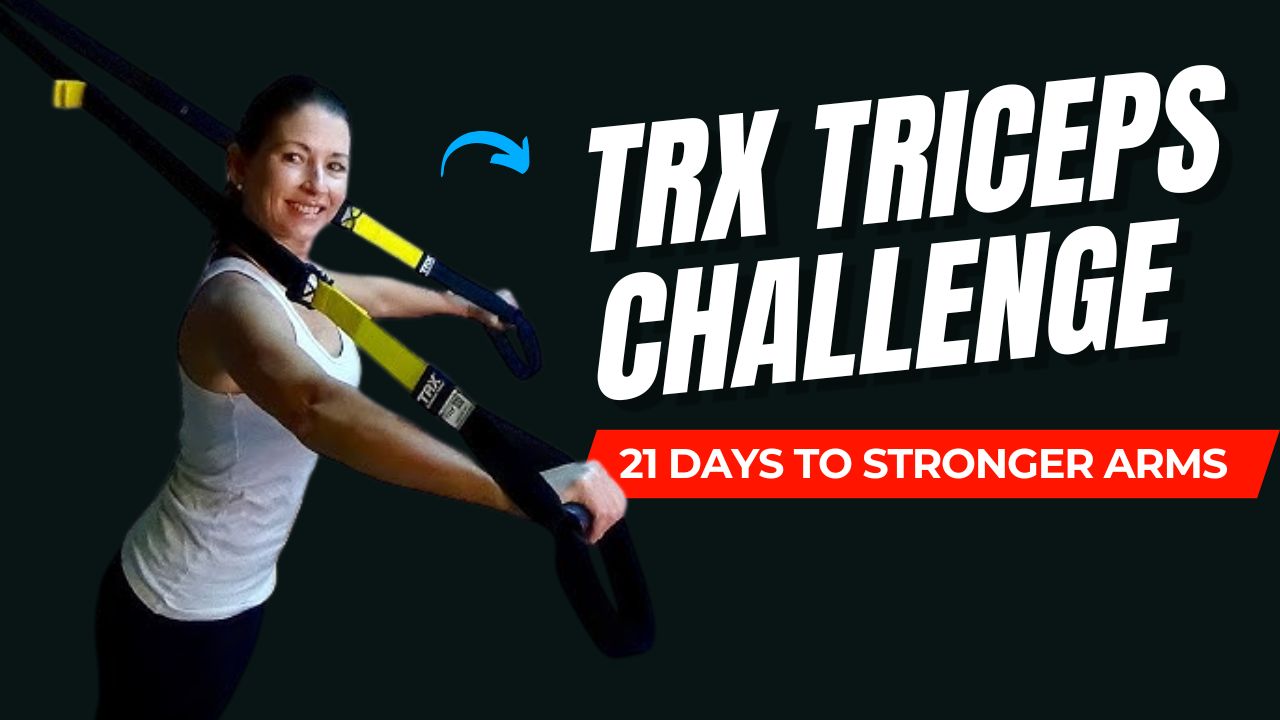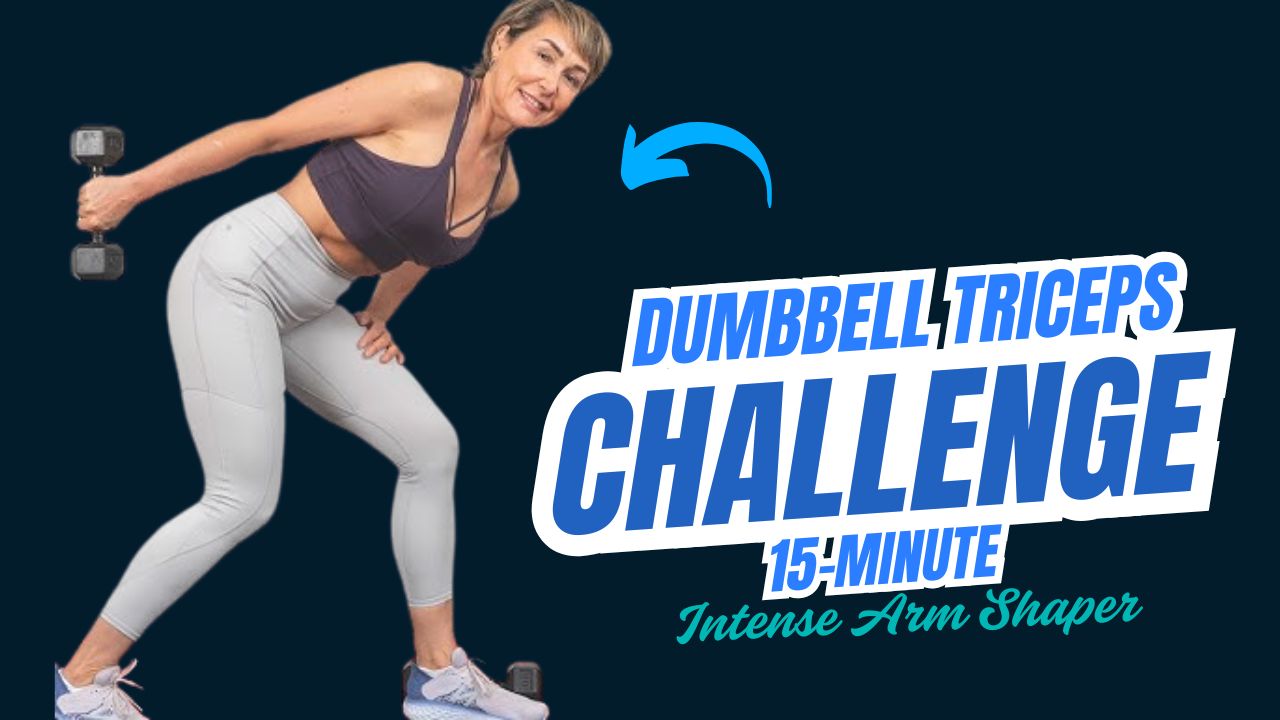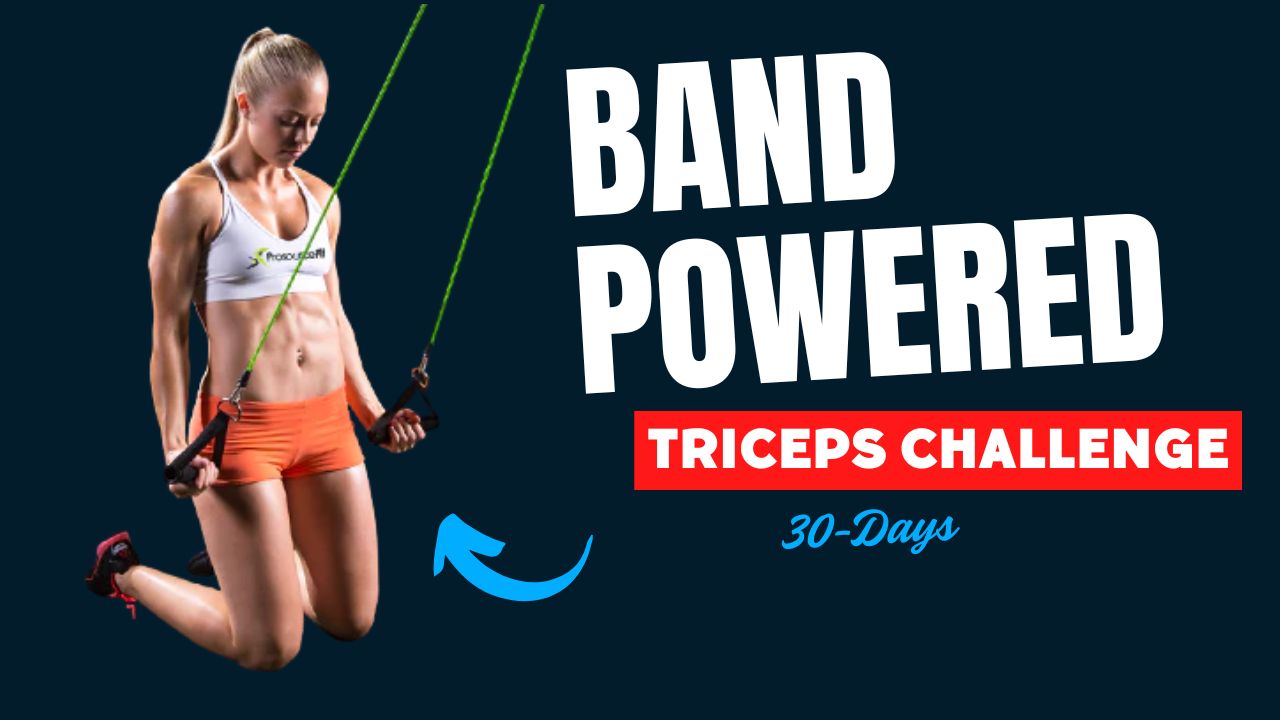Ready to sculpt stronger, more defined biceps without heavy dumbbells or a gym membership? Mini loop bands can be the secret weapon you’re missing.
These compact bands bring constant tension to your curls, activating your muscles more effectively and adding variety to your arm workouts.
If you think bands are only for therapy or warm-ups, think again—these 7 mini loop band bicep moves will leave your arms burning and growing stronger than ever.
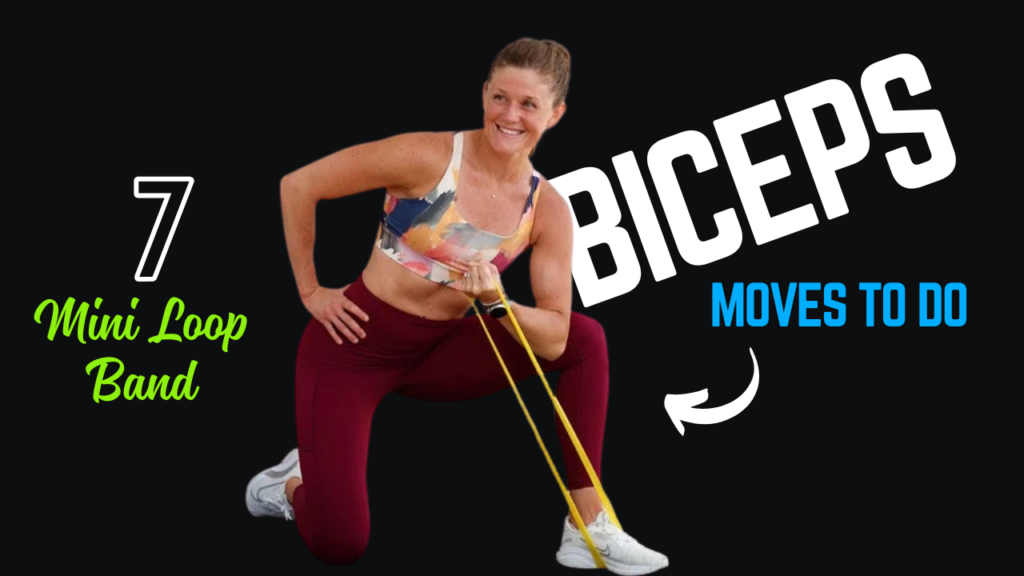
Table of Contents
Why Mini Loop Bands for Biceps?
Mini loop bands create continuous resistance throughout every rep, unlike free weights where tension often fades at the top or bottom of the movement.
This constant tension boosts time under tension (TUT), a key driver for muscle growth. They’re also joint-friendly, lightweight, and easy to stash anywhere.
What Can Happen After 30 Days of Mini Loop Band Bicep Moves
| Positive Changes You Can Expect | Possible Issues if Done Incorrectly |
|---|---|
| Noticeable increase in bicep strength and endurance | Elbow or wrist discomfort if using poor form |
| Improved muscle tone and firmer-looking arms | Muscle strains if resistance is too heavy too soon |
| Better mind-muscle connection during curls | Lack of results if done inconsistently or with bad technique |
| Enhanced grip strength and forearm stability | Overuse injuries if you don’t allow proper rest |
| Boosted confidence in arm appearance and performance | Plateau if you don’t vary reps, sets, or band resistance |
Do & Don’t for Mini Loop Band Bicep Moves
| Do | Don’t |
|---|---|
| Use slow, controlled movements | Let the band snap back quickly |
| Keep your elbows tucked close to your torso | Flare your elbows out to the sides |
| Choose the right band resistance for your level | Use a band that’s too heavy and compromises form |
| Maintain a firm, straight wrist | Allow your wrists to bend backward or forward |
| Breathe steadily throughout each rep | Hold your breath during the movement |
| Warm up your arms before starting | Skip warming up, especially if you’re cold |
| Engage your core for stability | Arch your back or lean excessively |
7 Mini Loop Band Bicep Moves
1. Band Standing Bicep Curl
How to do it:
- Stand on the middle of the loop band with feet shoulder-width apart.
- Hold the ends of the band in each hand with palms facing forward.
- Keep elbows tight to your sides and curl your hands up toward your shoulders.
- Squeeze your biceps at the top, then lower with control.
Do you know? The biceps don’t just bend your elbow—they also rotate your forearm. Slightly turning your palms outward at the top maximizes peak contraction!
2. Seated Concentration Band Curl
How to do it:
- Sit on a chair, step, or bench with your knees apart.
- Loop the band under one foot.
- Grab the band with the same-side hand, and brace your elbow against your inner thigh.
- Curl the band up, keeping your upper arm still, and slowly lower back down.
- Repeat on the other arm.
Why it works: Concentration curls isolate each bicep, helping correct strength imbalances.
3. Band Hammer Curl
How to do it:
- Stand on the band and hold the ends with palms facing your thighs (neutral grip).
- Curl both hands up toward your shoulders without rotating your wrists.
- Pause, then return slowly.
Myth-buster: People often think hammer curls only train forearms; in reality, they heavily target the brachialis—a muscle beneath your biceps that can make your arms look thicker.
4. Band Reverse Curl
How to do it:
- Stand on the band and hold the ends with palms facing down.
- Keep elbows close to your torso and curl your hands up.
- Lower slowly, maintaining wrist stability.
Why it’s important: Reverse curls emphasize the brachioradialis, building balanced forearm and bicep strength.
5. Kneeling Single-Arm Band Curl
How to do it:
- Kneel on one knee and anchor the band under your front foot.
- Hold the band in your working hand, palm facing up.
- Curl the band to your shoulder, keeping your upper arm still.
- Lower with control; switch arms after reps.
Interesting fact: Kneeling improves core engagement during curls, adding stability and balance training to your bicep work.
6. Cross-Body Band Curl
How to do it:
- Stand on the band with feet hip-width apart.
- Hold the band in one hand with the palm facing inward.
- Curl your hand diagonally across your chest to the opposite shoulder.
- Lower slowly and repeat; switch sides after your set.
Benefits: Hits both biceps heads differently than standard curls, enhancing overall shape and peak.
7. 21s with Bands
How to do it:
- Stand on the band and hold the ends palms-up.
- Perform 7 reps of the bottom half of a curl (from thighs to halfway up).
- Then do 7 reps of the top half (halfway to shoulders).
- Finish with 7 full-range curls.
Why it’s powerful: The “21s” technique floods your biceps with blood, triggering a massive pump and muscle growth.
Quick Tips for Best Results
- Keep your wrists straight; bending them reduces bicep activation.
- Don’t let the band snap back—control both lifting and lowering.
- Maintain a slight bend in your knees for stability.
Final Thought:
Mini loop bands can transform your bicep routine with simple yet powerful moves you can do anywhere.
Give these 7 exercises a try, and you’ll quickly realize you don’t need heavy weights to build impressive arms—just smart resistance and consistent effort.
Frequently Asked Questions (FAQs)
Are mini loop bands effective for building biceps?
Yes! Mini loop bands provide constant tension throughout the movement, which helps increase muscle activation, time under tension, and ultimately supports bicep growth. They’re a proven tool for sculpting stronger arms, especially if you train consistently.
How often should I do these mini band bicep exercises?
For most people, 2-3 times per week is enough to see results, allowing at least 48 hours of rest between sessions for optimal recovery.
Can beginners use mini loop bands for biceps?
Absolutely! Mini loop bands are beginner-friendly and great for learning proper form without heavy weights. Choose a band with light resistance if you’re just starting out.
Are band bicep exercises as good as dumbbell curls?
Yes—they’re different but effective. While dumbbells allow heavier loading, bands create unique resistance patterns and constant tension, which can help break plateaus and add variety to your routine.
Do I need any other equipment besides the mini bands?
No additional equipment is required. All you need is a set of mini loop bands and a small space. You can even do most of these moves seated or kneeling if standing isn’t an option.
What resistance level band should I start with?
Start with a light-to-medium resistance band to learn the movements and focus on form. As you get stronger, progress to heavier bands to continue challenging your muscles.
Can I do these exercises if I have elbow or wrist pain?
It depends on the severity and cause of your pain. Bands are generally joint-friendly, but if you experience discomfort during these moves, stop and consult a healthcare professional before continuing.
Will band curls help define my arms?
Yes! Band curls can increase muscle size and tone, but remember that visible definition also depends on overall body fat levels, which are influenced by nutrition and cardio.





